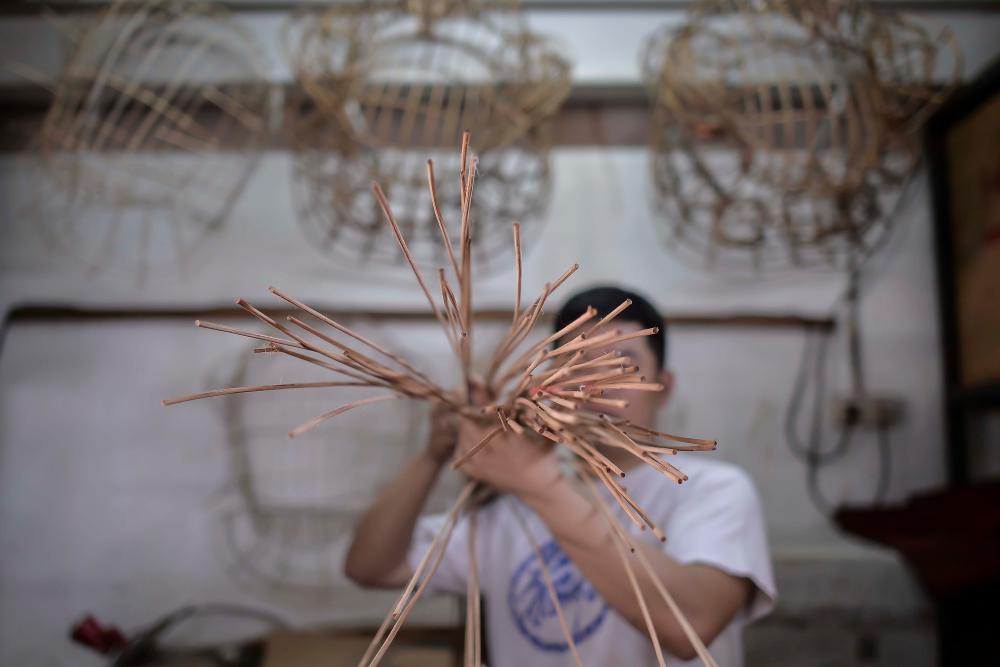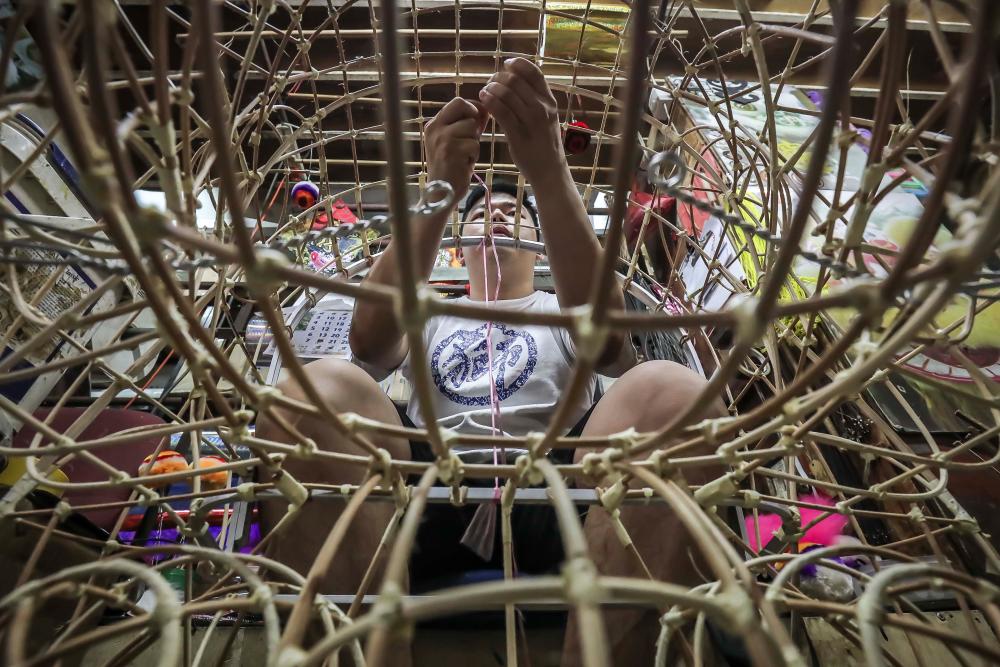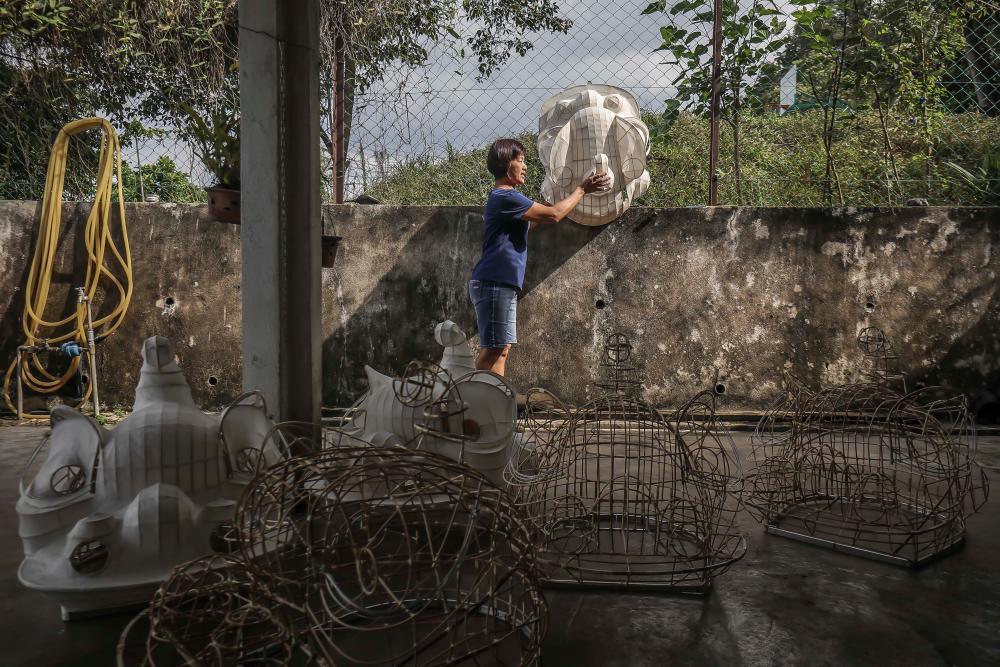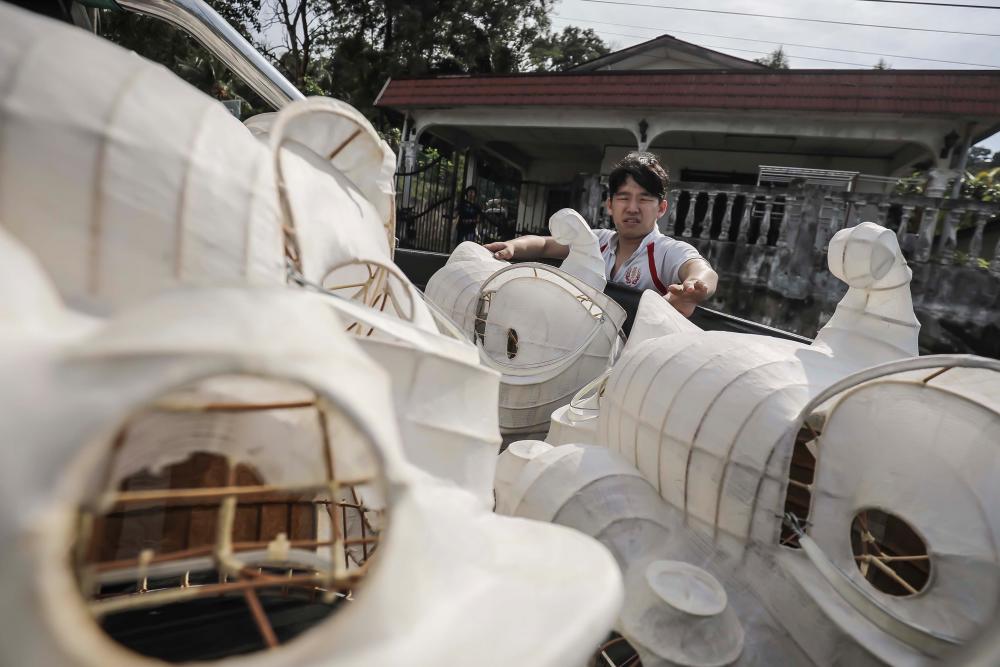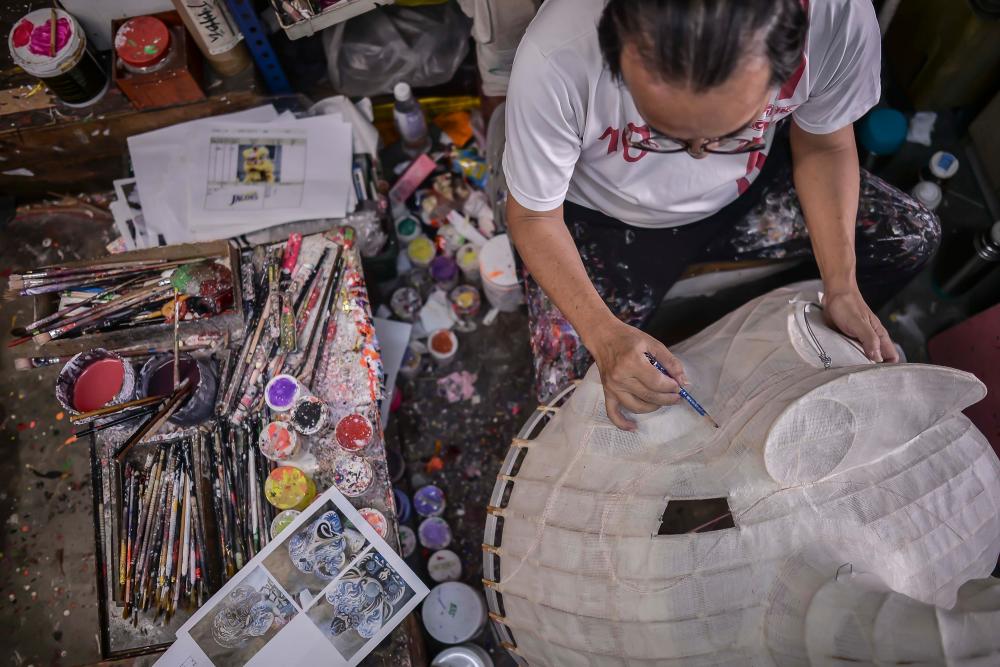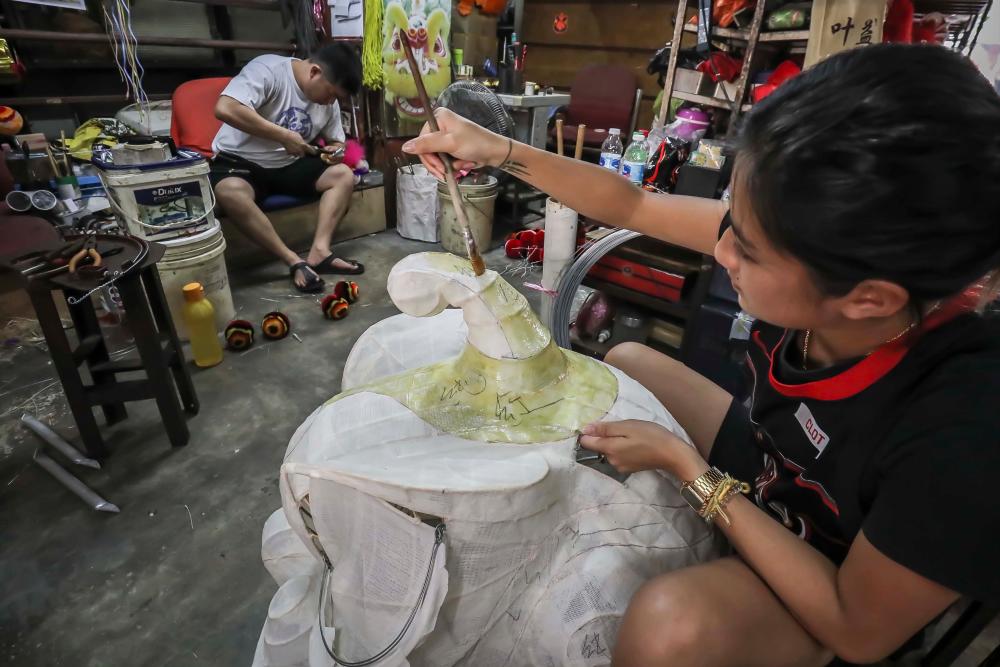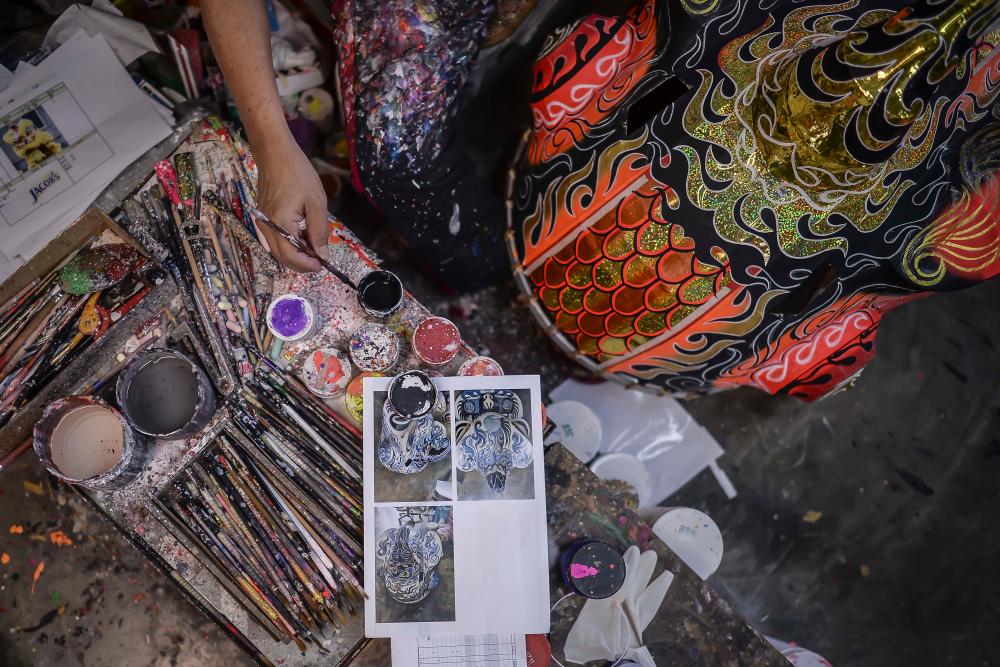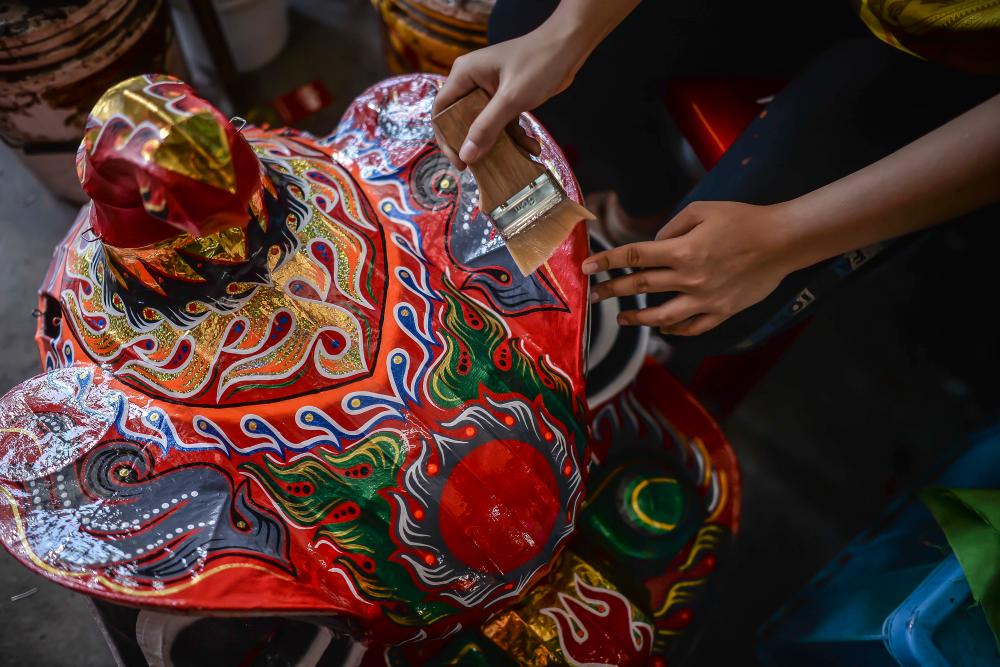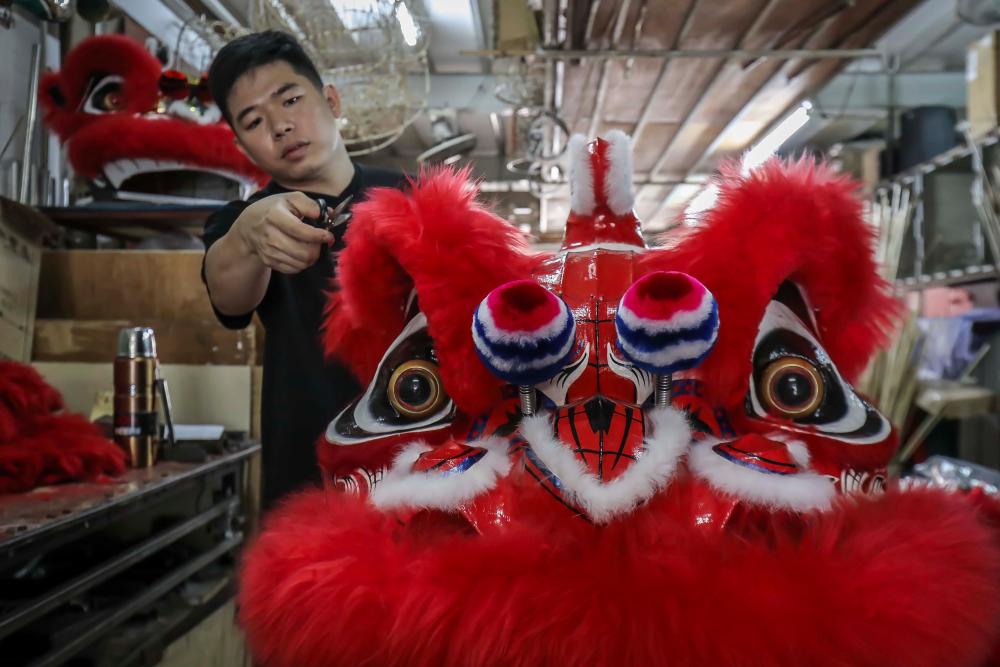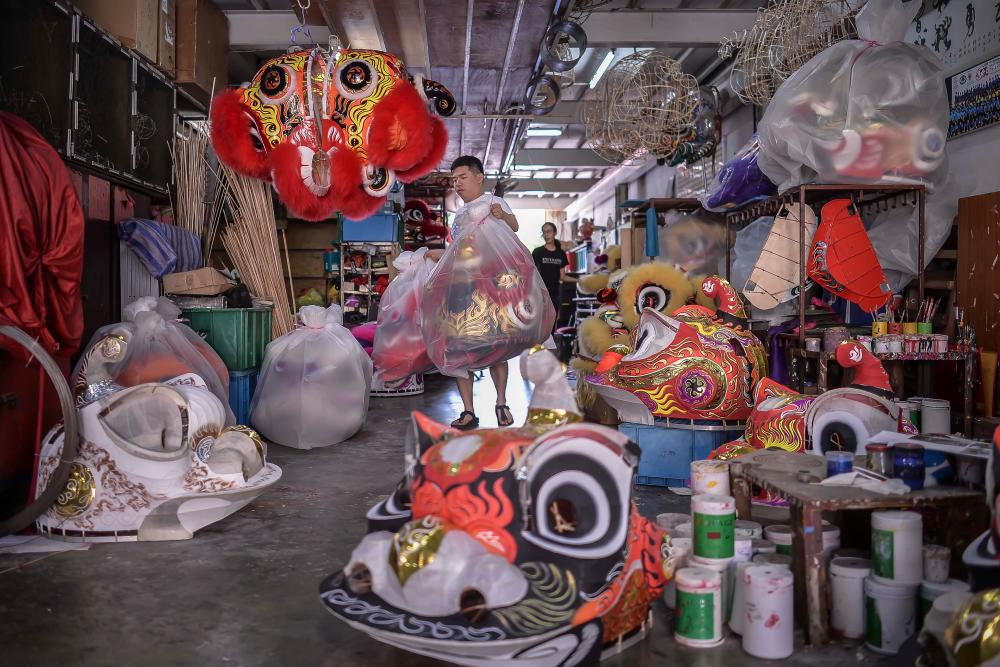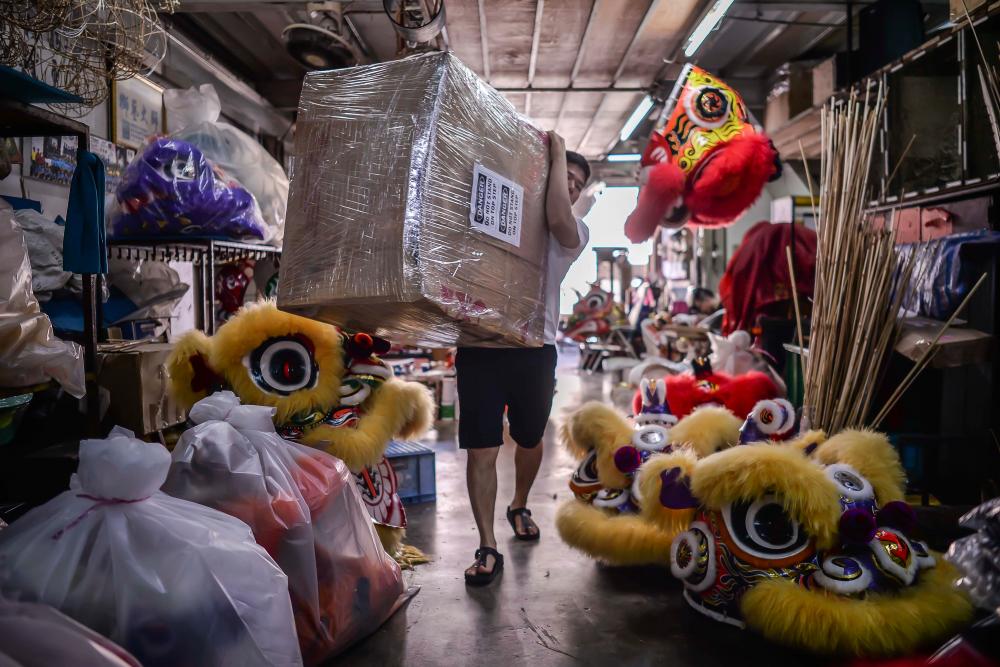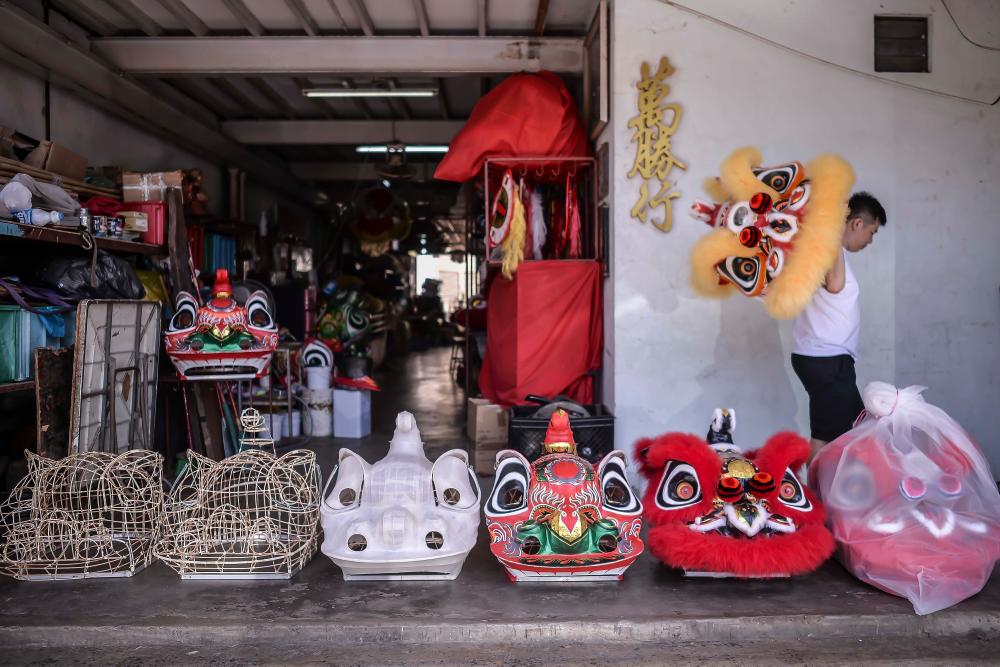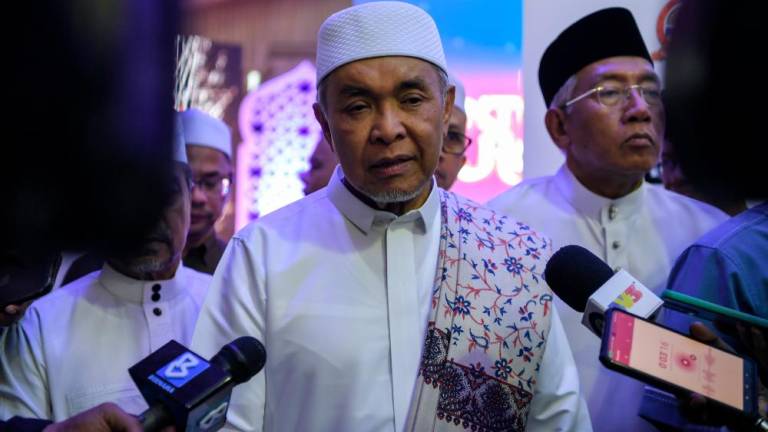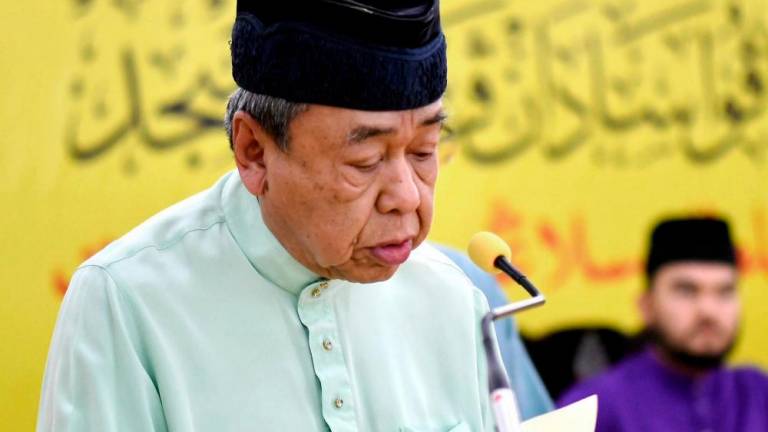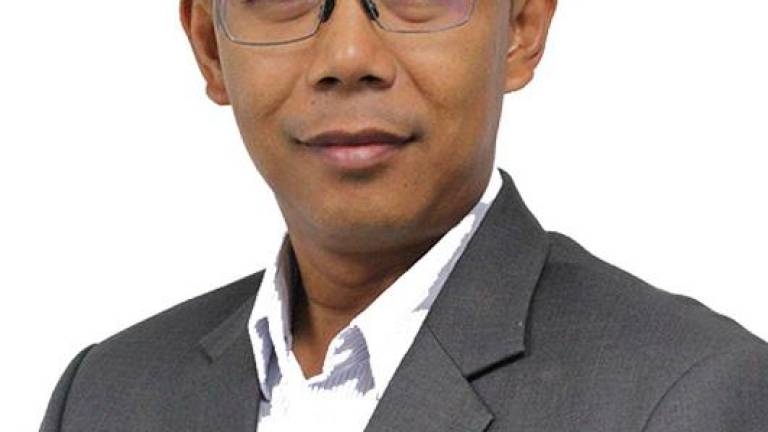Wan Seng Hang Dragon & Lion Arts was founded in 1986. It started with founder Siew Ho Phiew learning his lion dance traits in China, and decided to make his own lion dance head by opening a shop.
“
I learned Fuo Shan lion dance first from my two early masters. Later, I also learned He Shan Sar Ping lion dance from Master Chen Xiao Qi. This has given me a chance to explore further the intricate parts of a lion head and have a better grasp of the two lion head merits and demerits. My lion head making skills is further developed as a result.” said Siew.
Besides lion head, Wan Seng Hang also makes dragon and Qi Lin heads. The intricate lion heads are brought to life in the industrial area of Suban 2 at the Wan Seng Hang workshop.
Every year, the team at Wan Seng Hang can produce around 500 lion heads per year with some being exported to Asia and around the world.WSH produces two styles of southern lion heads, the Fut San and Hok San, with both originating from Guangdong province,
Both varieties can be differentiated by the shape of the horn and mouth, and overall stance of the head.
The price of the lion head varies, from RM1,000 to about RM4,000 and it takes the team about one week to make one whole lion head come to life.
